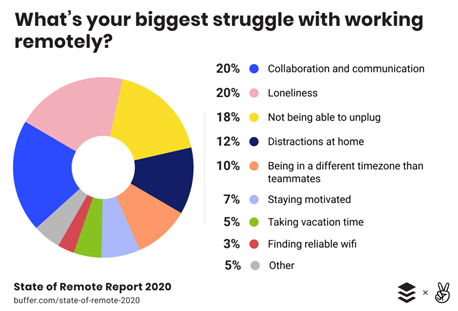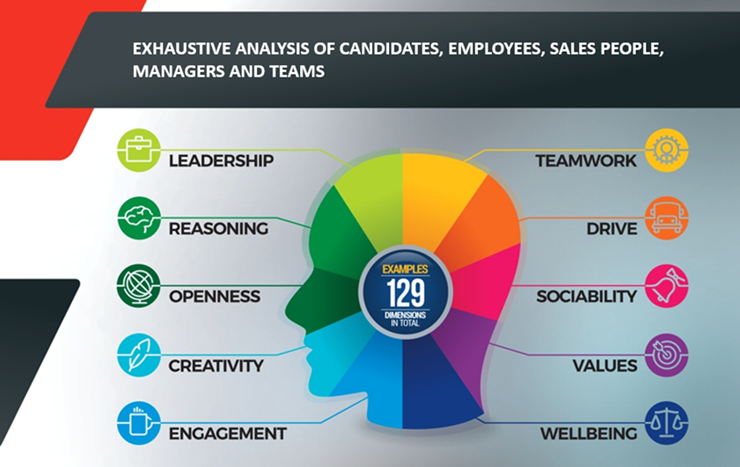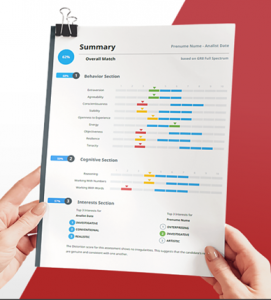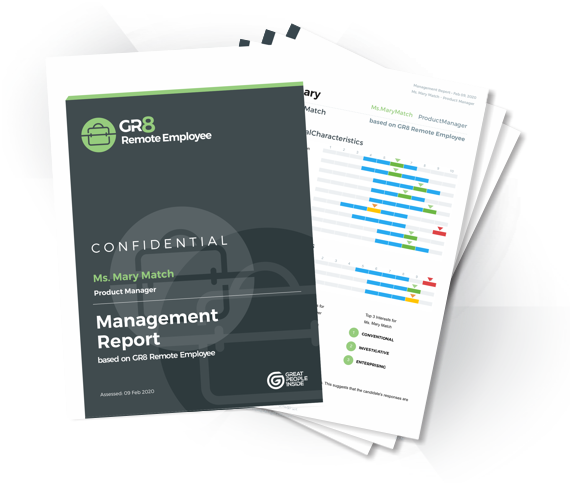Diversity and culture fit – how to hire for your business
When recruiting a new team member, I have never met any business owner or manager who set out to deliberately hire a substandard performer. Then, why is it that studies tell us that we get it “right” (i.e., hire a top performer) only 25% of the time? The answer is that traditional recruitment processes, (resumes, interviews, and reference checks) are just not meeting the modern business needs.
In Australia today, we are lucky that we have a highly educated and well-trained workforce, which logically means that most employees in Australia have the skills and competencies to perform their jobs well. But if this is the case, why is the hiring success rate so inconsistent?
Most new employees fail – not because they are incompetent or don’t have the required skills – but because they don’t “fit” with the practice owner, the manager, or their colleagues or due to other factors.
What is fit?
Culture fit (the alignment of values, beliefs, and behaviours between the employee and employer) has become another one of those also overused cliches in business-speak. While it is essential, the issue when hiring is that it means different things to different people. As a result, hiring for culture fit alone can be difficult to measure and is not a reliable predictor of high performance. When we speak of ‘fit” we are talking about much more than culture fit alone. Our definition of “fit” is as follows:
- Can the person handle the mental demands of this job?
- Will they enjoy the environment and the people they must work with?
- Are they highly motivated by this type of work?
Hardwiring
Psychologists tell us that our core traits and beliefs about ourselves and the world are hardwired into our brains by the time we are 10 or 12 years of age. Of course, as people we evolve and develop, however our deep-set inner identity and core beliefs about ourselves, others, and how the world works are intensely cast in our DNA and are hard to change.
As we go about our daily work in the business, many of us will have observed our top-performing employees going about their jobs quite differently. Still, despite different approaches, they consistently deliver top outcomes and results.
Achieving these top outcomes and results is the DNA we refer to, the four or five key qualities most important to your business and that are possessed in abundance by your top performers. These qualities are the heartbeat of your company. We call this success DNA and when it comes to hiring new team members, they are non-negotiable.
The importance of fit
The low hiring success rate clearly demonstrates that if the right potential employees who share these critical success qualities are not found and employed, and you select a person who doesn’t fit, it’s unlikely this person will deliver top performance for your business. In fact, it’s estimated that 46% of newly hired employees won’t survive for a year because they aren’t a good fit for the job. Poor DNA matches are the number one reason why people become disengaged, dislike their managers or colleagues, and eventually fail or leave their jobs.

Modify your process by benchmarking your top performers
Unless you understand your top performers’ DNA success attributes, then the traditional selection process will continue to deliver less than 25% of top performers. The science-based Great People Inside customisable profiling tools we recommend will enable you to identify and quantify the success attributes they share greatly contributing to your business. When recruiting, you can measure your potential new recruits against these attributes to ensure they also have the required success DNA fit for your business.
Our easy-to-read plain language reports will also help you take your interviewing approach to new heights. Our Management Coaching and Onboarding reports will make sure your new team member contributes as quickly as possible.
Great People Inside assessments are customisable – so what?
Compared to assessments you may have used or taken yourself previously, Great People Inside assessments are the next generation – think original Nokia phone and iPhone 12!
You may be familiar with assessments that have been around for many years where you measure the dimensions the assessment provider has configured; you have no choice and no control. As a result, you may be measuring (and paying for) what you don’t need. Our customisation feature allows you to design an assessment that measures what you want to measure best suited to your business, which means you are in control, and most importantly, you decide what you want to pay. Even with its unique customisation features, GPI will usually be at the cost of comparable assessments (where they exist).
Don’t just take our word for it
For the second year in a row, the Great People Inside platform has been in the top 10 best rating tools in the world.
It is a huge honour for us to find ourselves among the best yet again this year. In July 2020 Great People Inside was also ranked #16 assessment tool in the world by AHRI.
If you’d like to find out more please click here to contact us or email [email protected]
![]()






 Your team members are made up of vastly different personalities, all with their own unique passions, backgrounds, views, and work styles. With the best will in the world, misunderstandings and differences of opinion can create friction within the group.
Your team members are made up of vastly different personalities, all with their own unique passions, backgrounds, views, and work styles. With the best will in the world, misunderstandings and differences of opinion can create friction within the group.

